Equipment
Using Gels and RGB Lighting In Your Photography
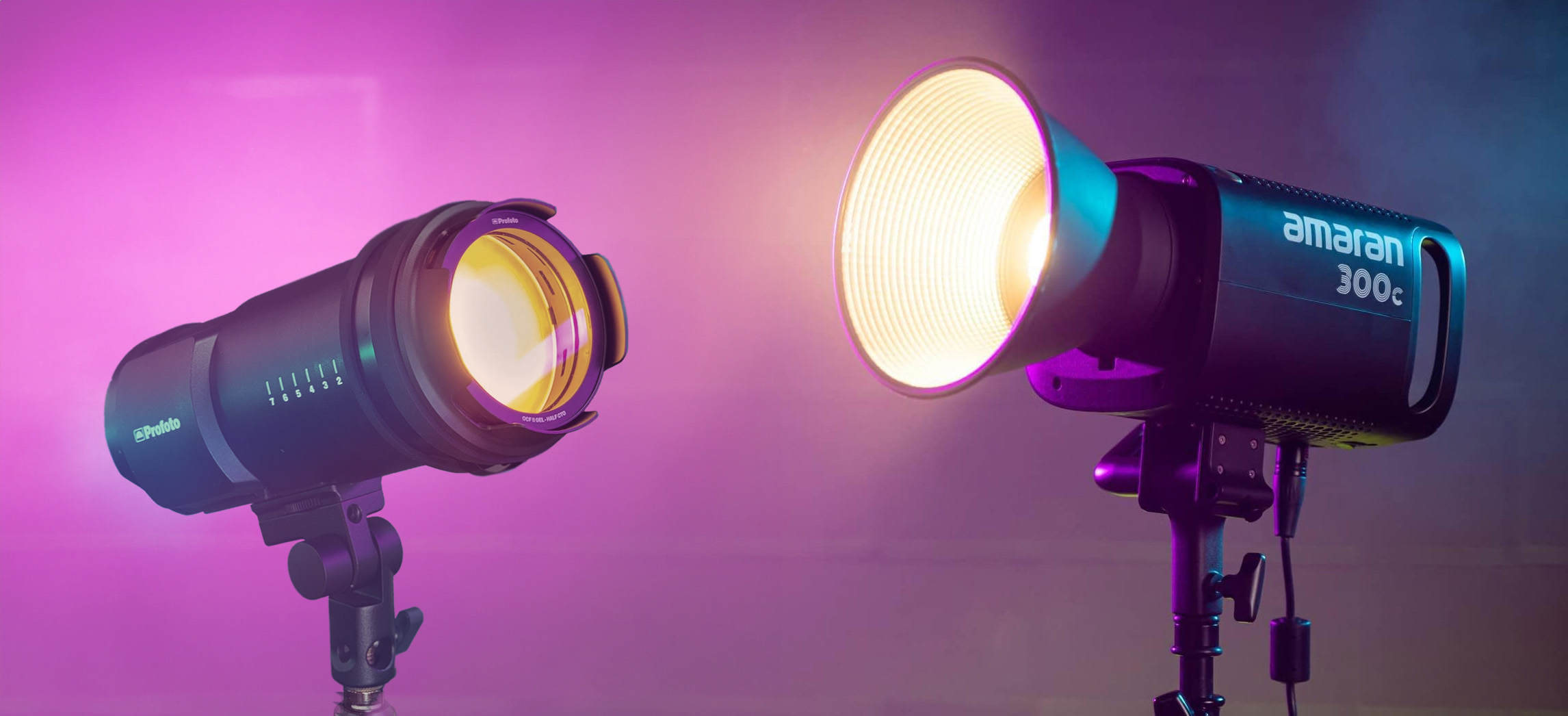
Adding RGB or gelled lighting is an effective way to diversify your photography or video work, and can be incredibly easy to implement into your workflow. However, adding colored lighting into your workflow is easy by practice, it’s not always easy to get great results by adding these elements into your workflow. So today, we’re going to walk through how to use RGB and gelled lights into your work, and how you can achieve great results in the process.
What are RGB Lights and Gels?
Before we get into some lighting breakdowns and explanations, we should first cover what gels and RGB lights are. Fundamentally, they’re two different things, that both accomplish the same goal, but depending on what kind of photographer you are, or if you do video, you might have a preference for one over the other, so let’s touch on them individually.
Gels
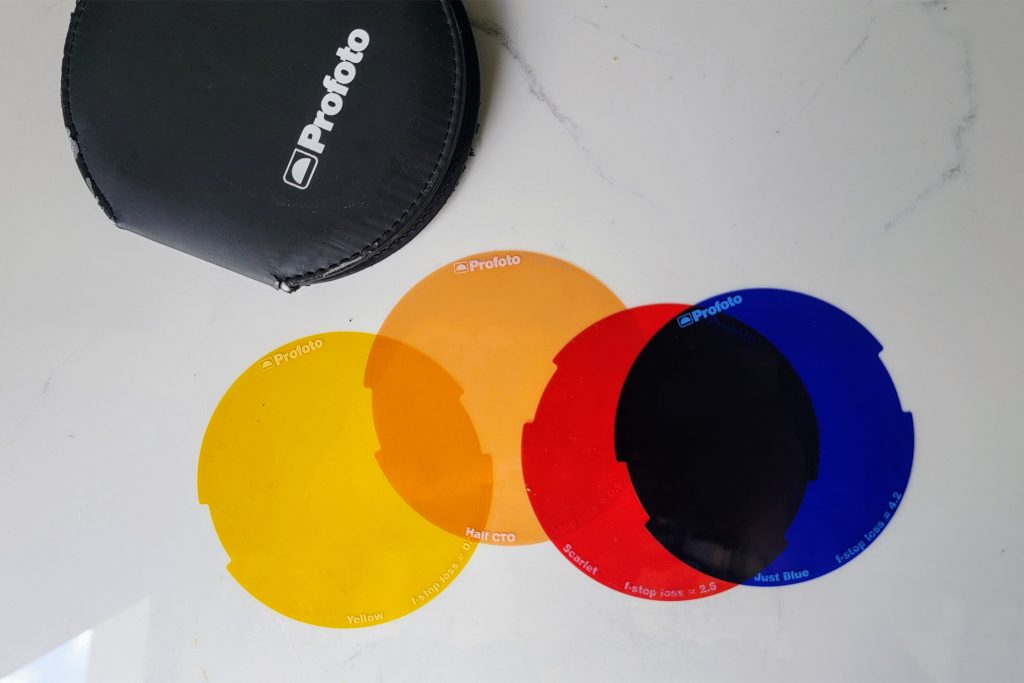
Gels are simply pieces of tinted plastic that you put in front of your studio strobe to change the color of the light. These come in hundreds of different tints and colors but are generally broken into two categories – color correction, and effects. Color corrections are designed to alter the light on a scale with the white balance reading so that you get accurate colors and skin tones. These are often CTO gels, which will warm the color tone of a strobe, or CTB gels, which will cool the color output of a strobe. Effect gels are far more drastic than a standard color correct, and offer colors that are far more bold, giving you effects in a very broad spectrum of colors. We offer plenty of gel kits here at Lensrentals, but many of them are dependent on the light you’re using.
RGB Lighting
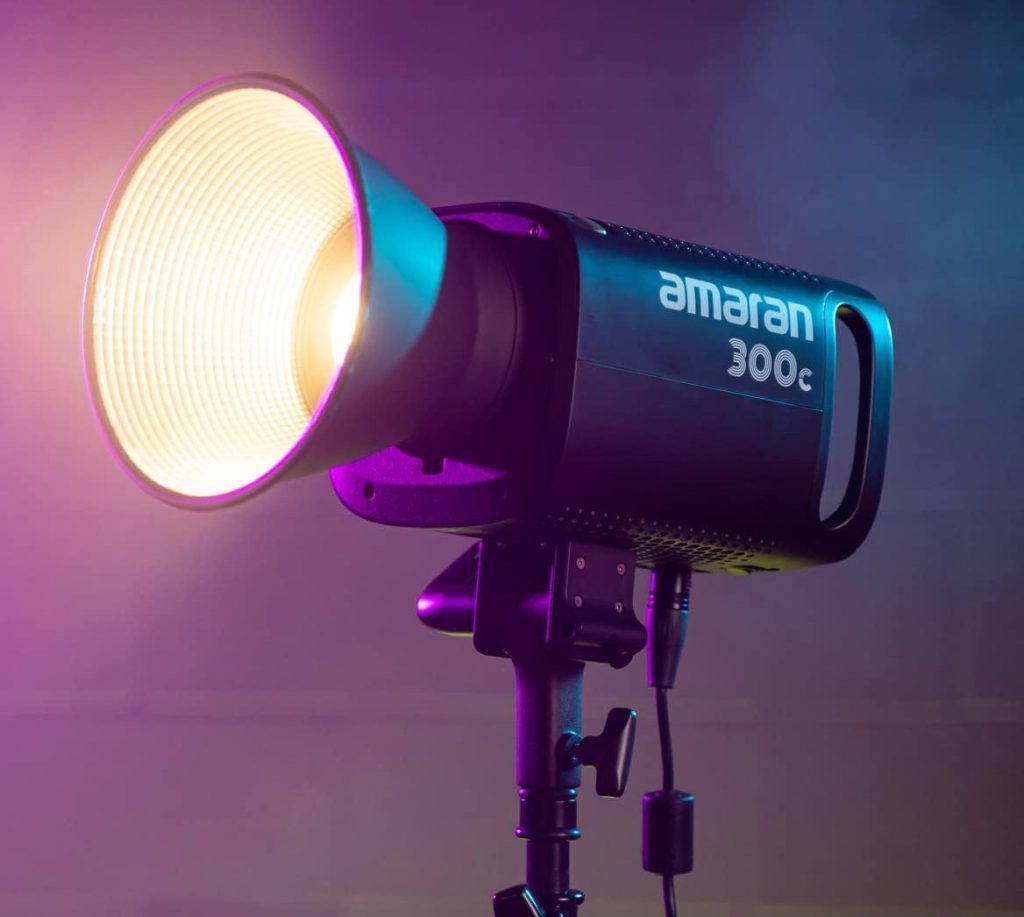
On the constant lighting scale, you’ll find plenty of lights that offer RGB lighting effects, which allow you to change the color output of the light to millions of different colors. While many lights will offer bi-color lighting (which allows you to adjust the kelvin rating of the light, much light a color correction gel would), lights that offer RGB options are generally more expensive, and (generally) have less power overall. Some examples of our most popular RGB constant lights are the Aputure amaran 300c, Litepanels Gemini 2×1, and Astera TitanTubes.
The Challenges of RGB/Gel Lighting
Before we dive into the ideas and examples of what you can do with gel/RGB lighting, we must first talk about the key challenge of using color-casted lighting – you’re not going to get as much power. If you’re buying a gel kit from an established brand, you might get a chart that tells you how much light the gel will block and underpower your lights by, and if you dig into some charts on some higher quality RGB lights such as the
Aputure amaran 300c, you may also find some lumen or lux settings that can explain the luminance falloff. Not all gels and not all RGBs are created equal, so it’s important to understand these lux falloffs when adding a color cast to your lighting – whether it’s using a chart, a light meter, or visually recognizing the changes through the guess and check method.
The second challenge of RGB light/using gels in your photography is that the color casting can be severe, depending on the color. If you’re using a gel on a subject, even if it’s just as a rim light, you want to make sure you pick a color that will compliment the colors of the scene. The most important knowledge you can have for any artistic endeavor would be an understanding of color theory. While I’d never feel qualified enough to completely break down the rules of color theory on this blog, an exceptional tool to look into is Adobe Color – which will let you plug in a color, and help you find complimentary colors based on several different rules to color theory. To best utilize gel or RGB lighting in your photo or video work, first, you need to have a good grasp on how well the colors you’re choosing work with each other.
Now that we got that housekeeping out of the way, let’s look at a few different ways you can bring gels or RGB lighting into your photo or video work to help elevate it to new heights.
Full Send
The first implementation of gels or RGB lighting is using them exclusively to light a scene. By using exclusively gels of varying colors, you’re able to create images with an almost futuristic look to them – but require a good understanding of color theory to have them mesh well with each other.
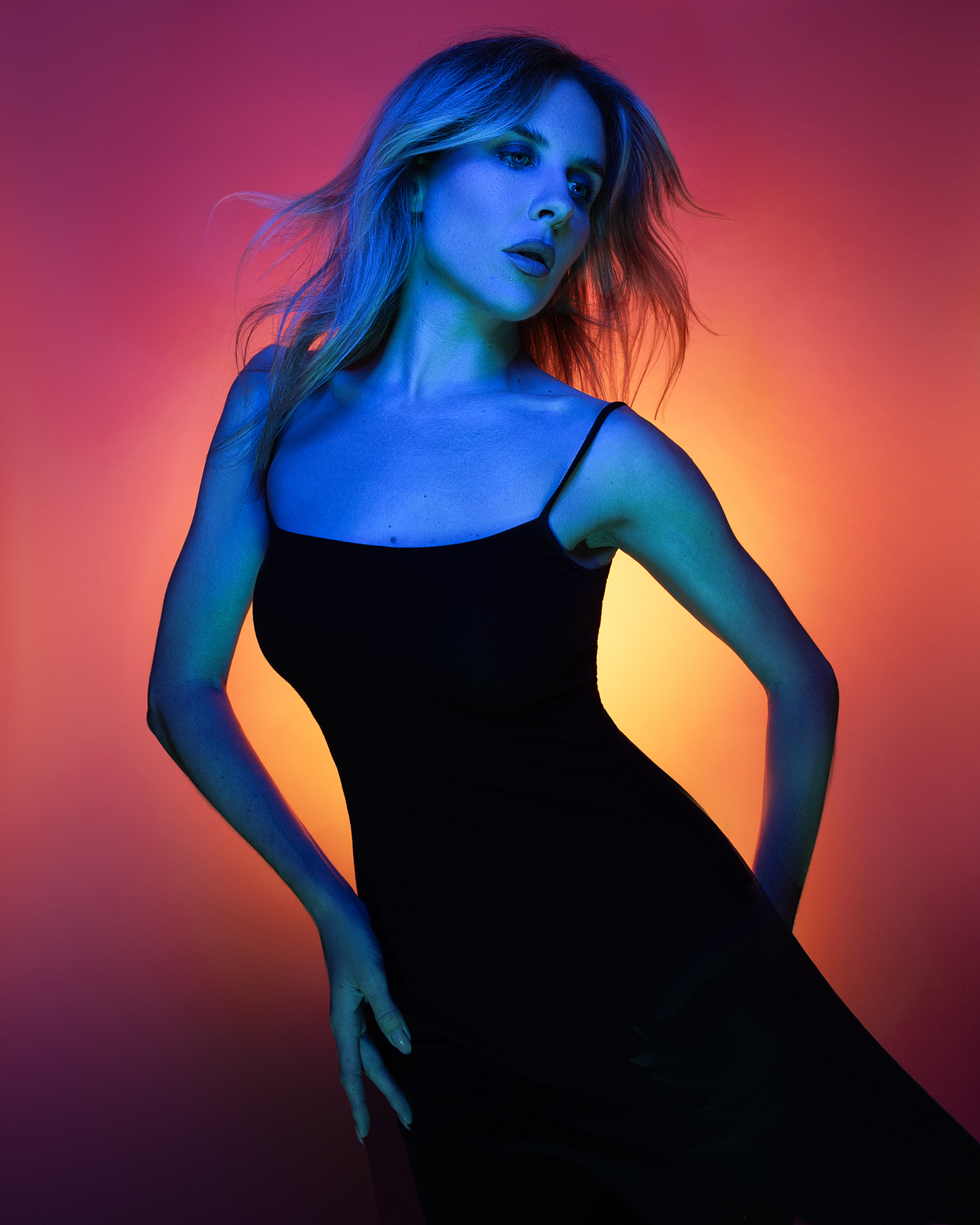

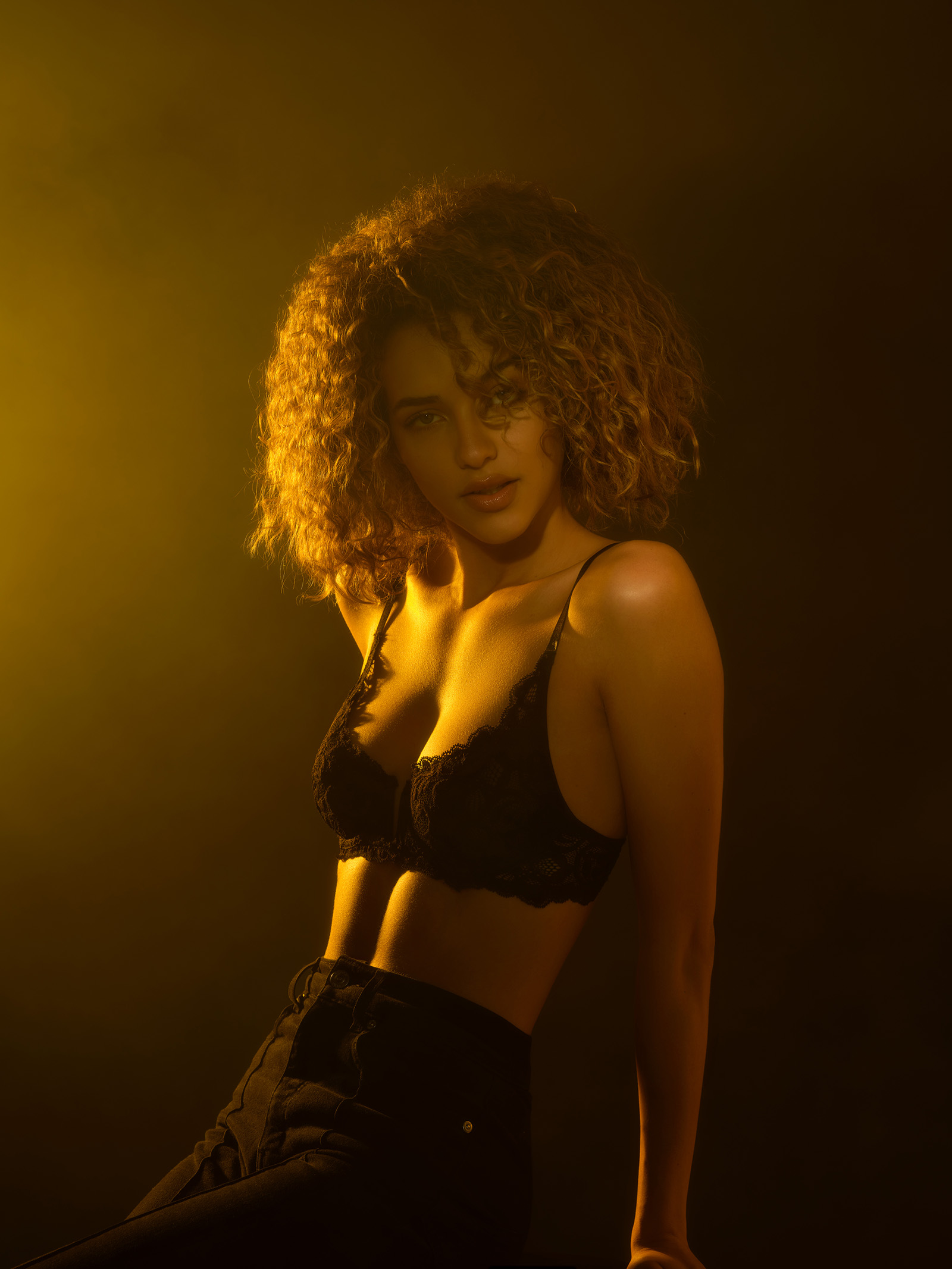
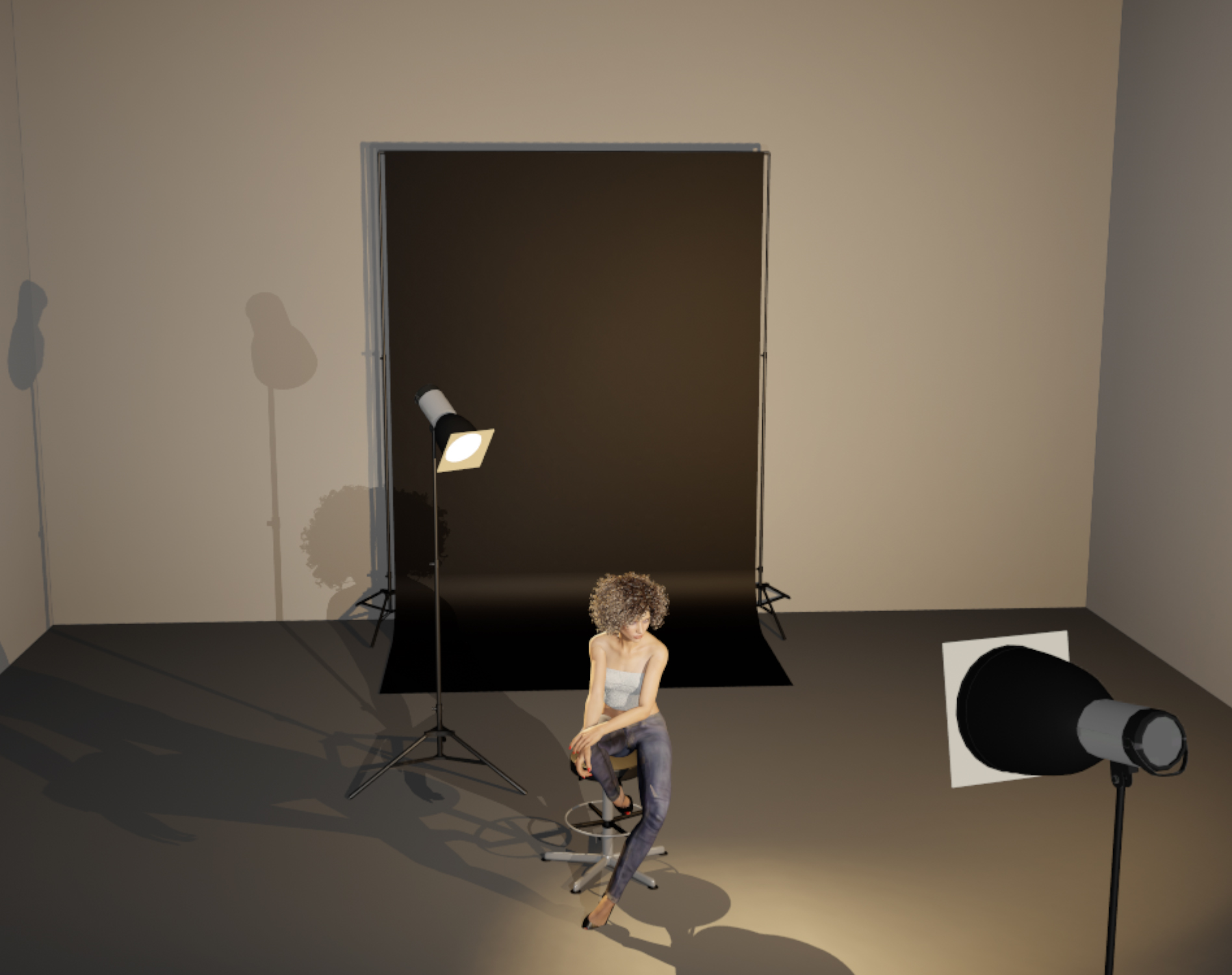
Rim Lighting
The second implementation of using gels or RGB lighting is to use them as a rim light – allowing you to get a dramatic effect with the lighting without going overboard. This process is done by using a color-balanced light on your subject, and then adding a color-toned light to the edge of your subject, giving you a dramatic rim of color that brings the focus to the subject.

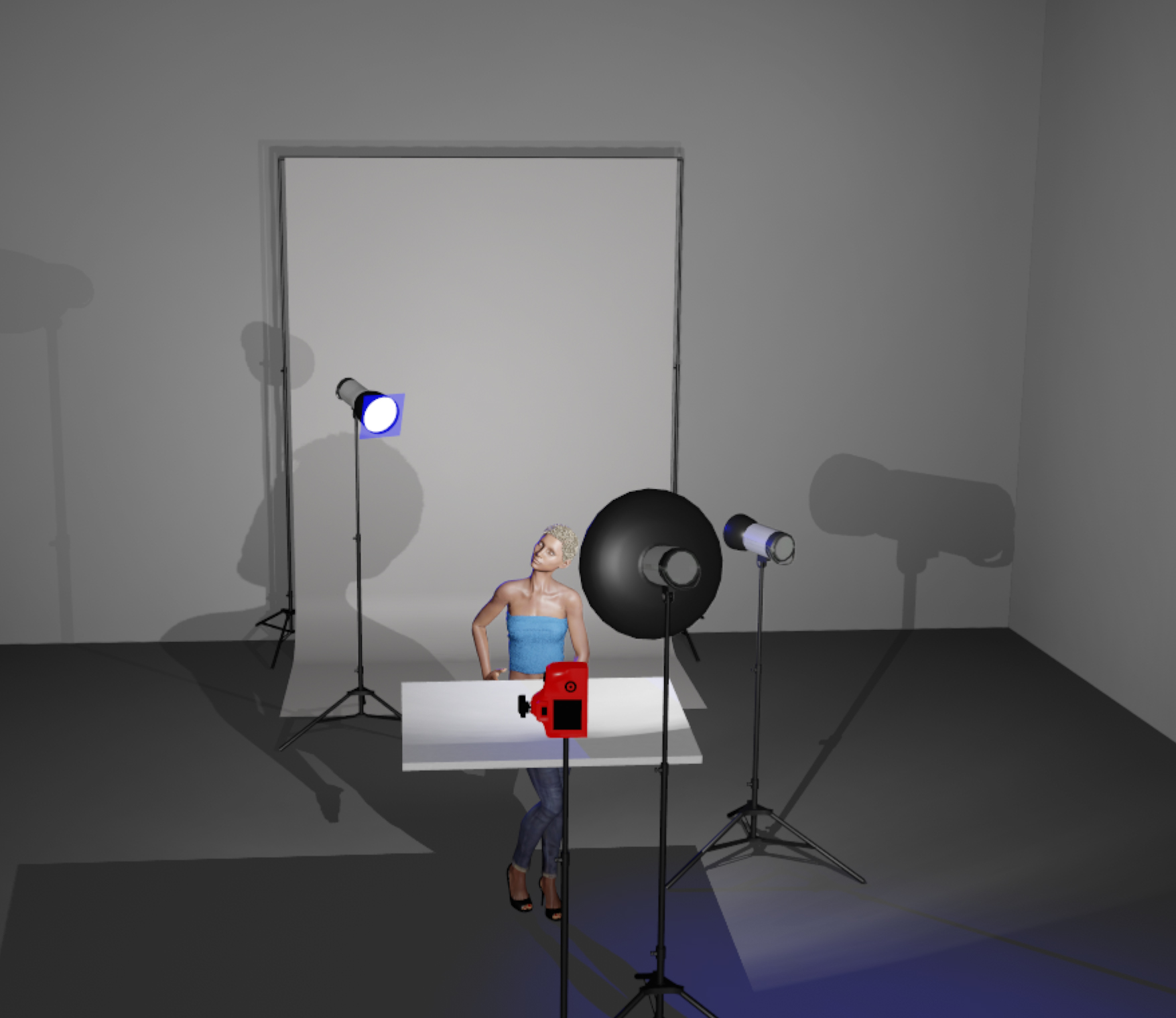
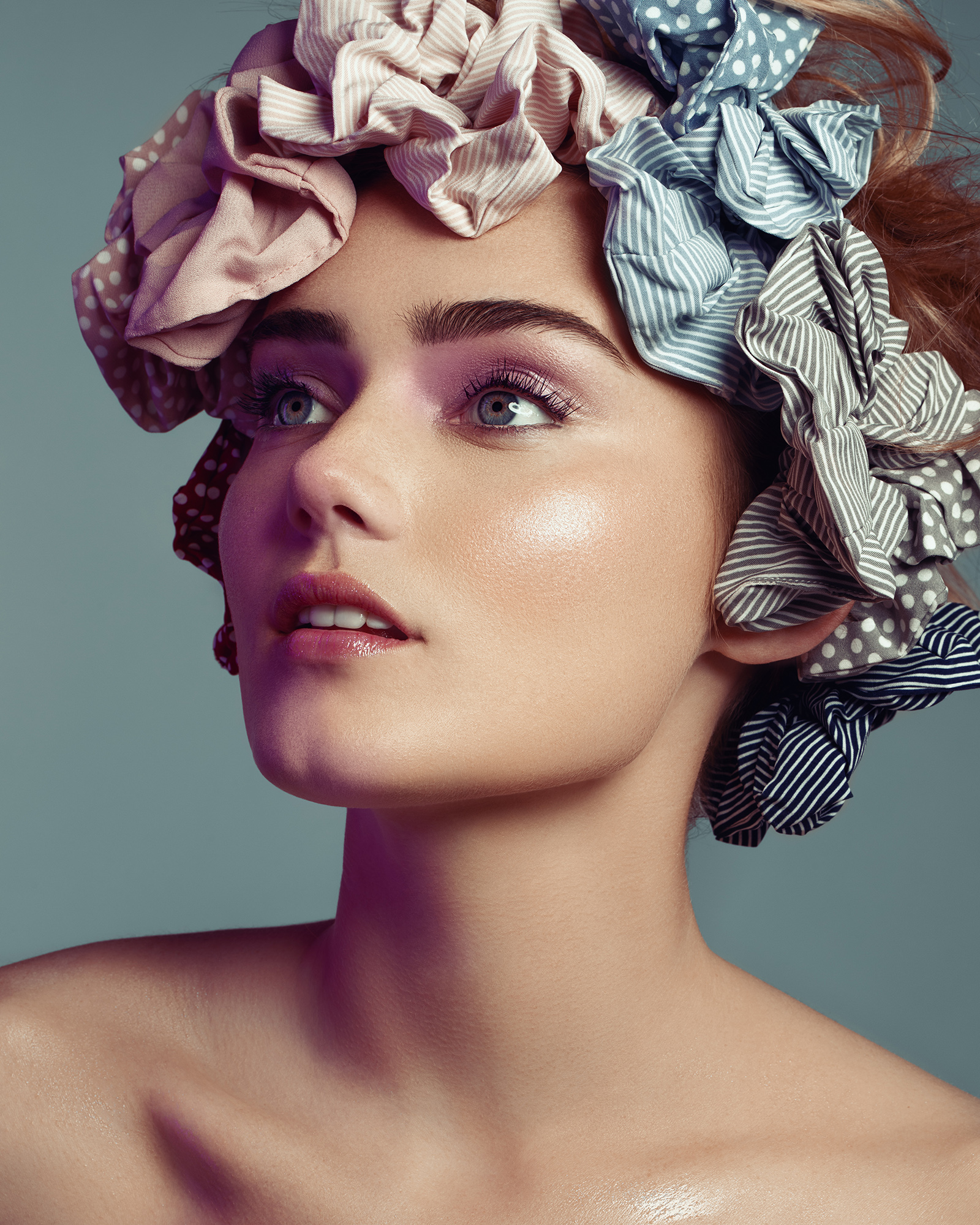
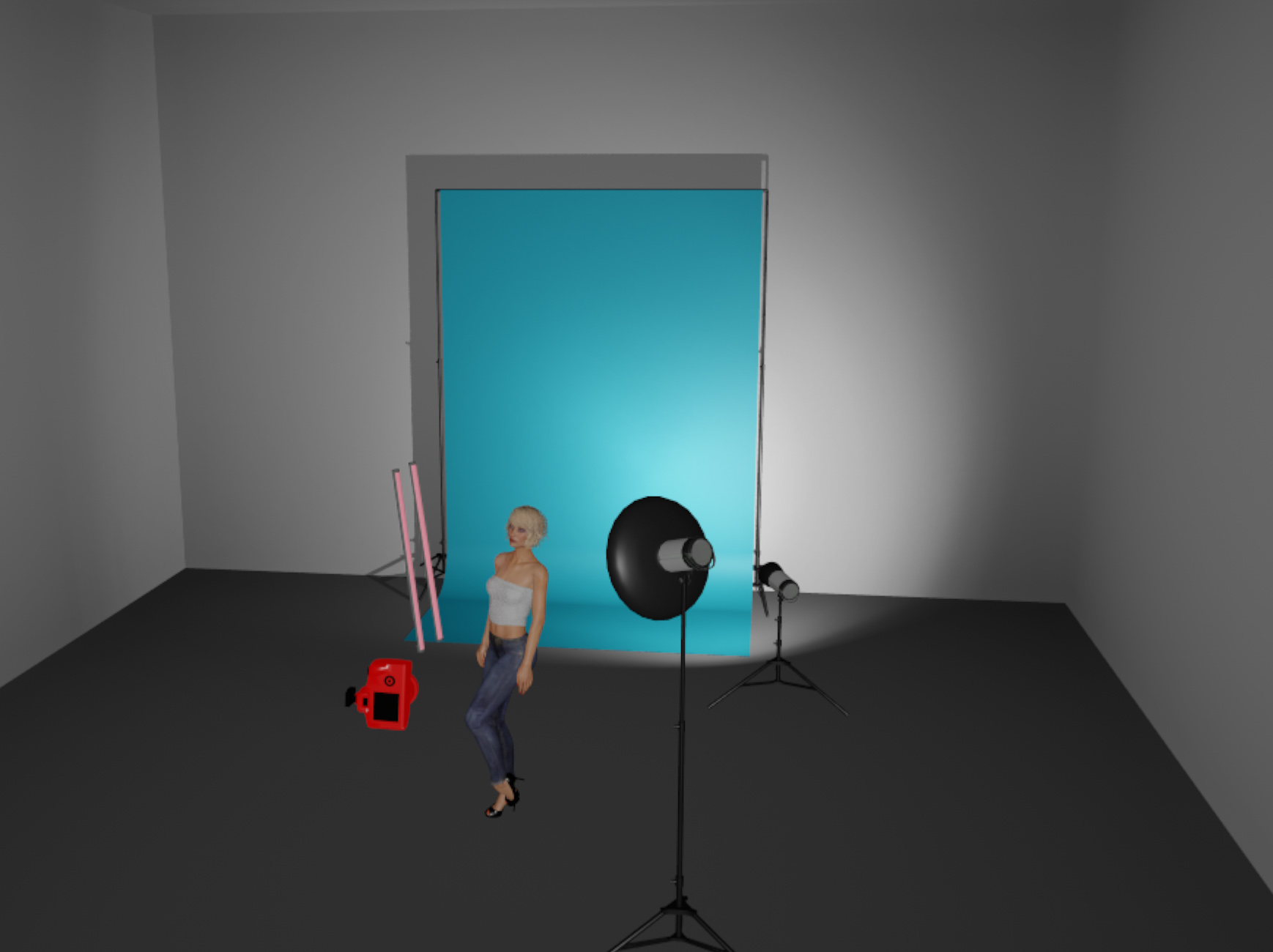
On Backdrop
If you’re in a position of wanting to maintain accurate skin tones, but still want to bring gels or RGB Lights into the equation, one of the simplest and most effective ways of using gels is by using them on a background, rather than on the subject itself. However, if you’re doing this in a studio environment, you’ll find that a medium grey backdrop will work better than a white backdrop – because of its ability to both absorb some of the light, as well as reflect it. Additionally, by using two lights on the backdrop, and adjusting the gel color/RGB settings of the lights, you’re able to add some dimension to the images and bring some color theory into the mix.
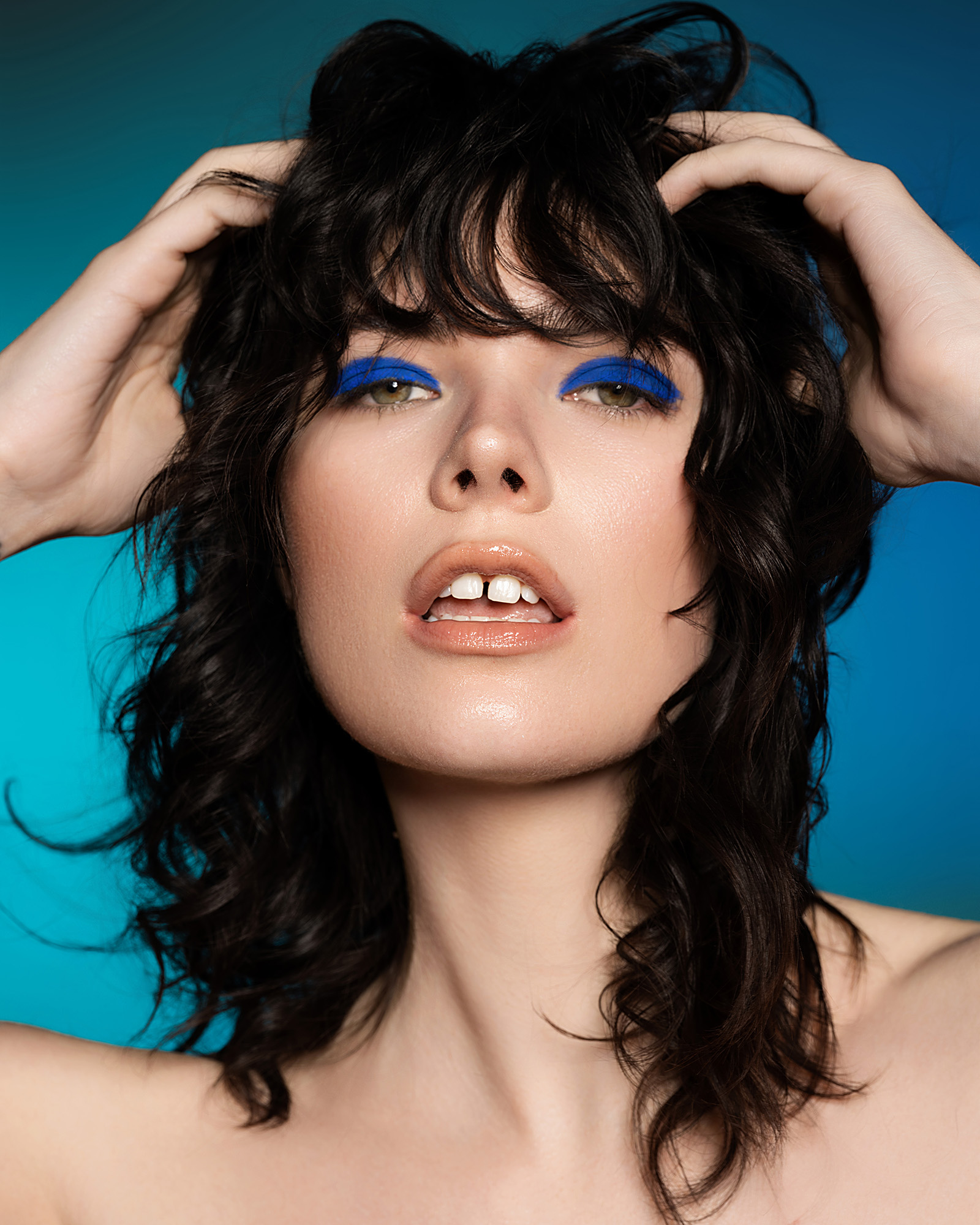
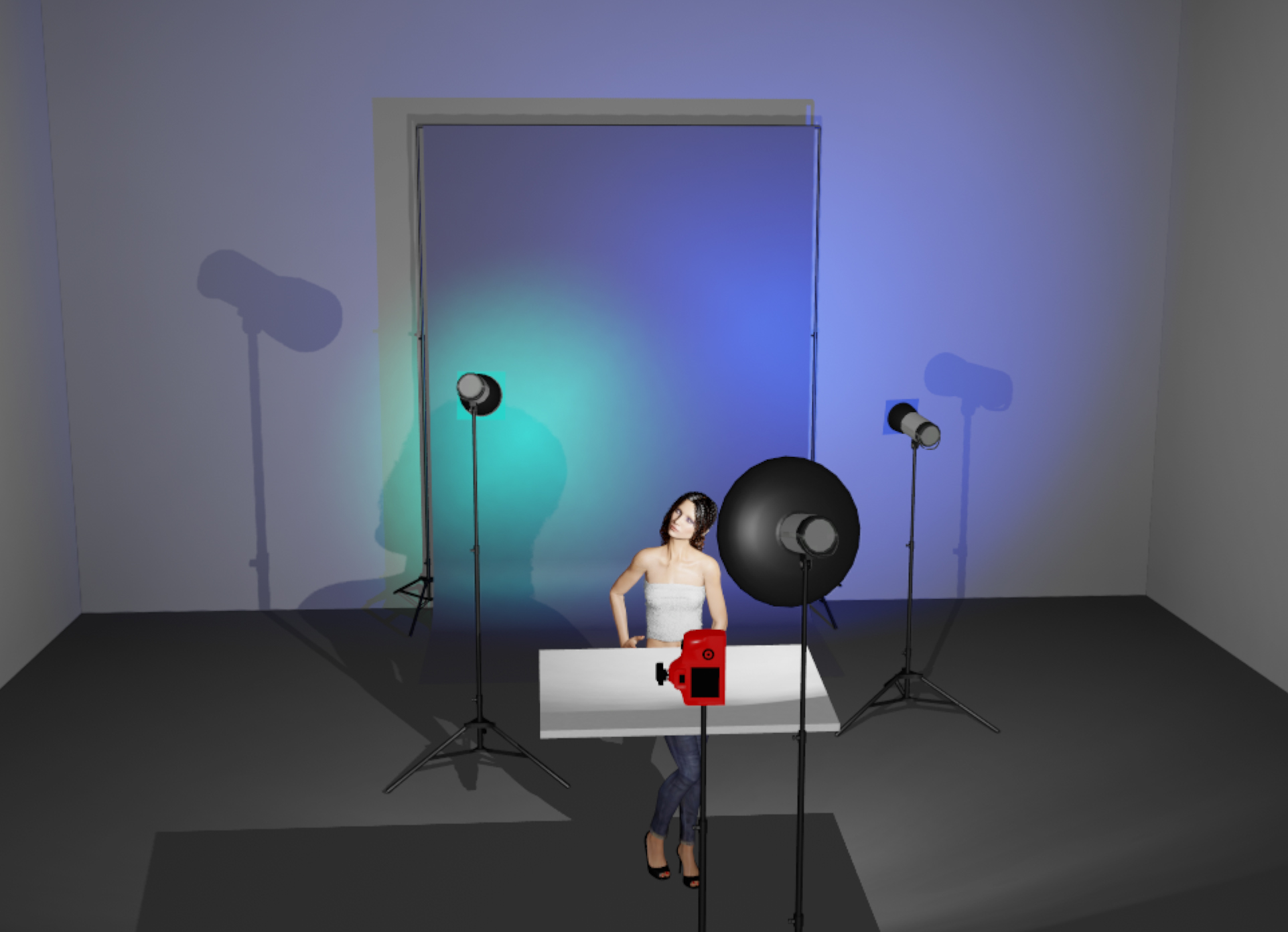
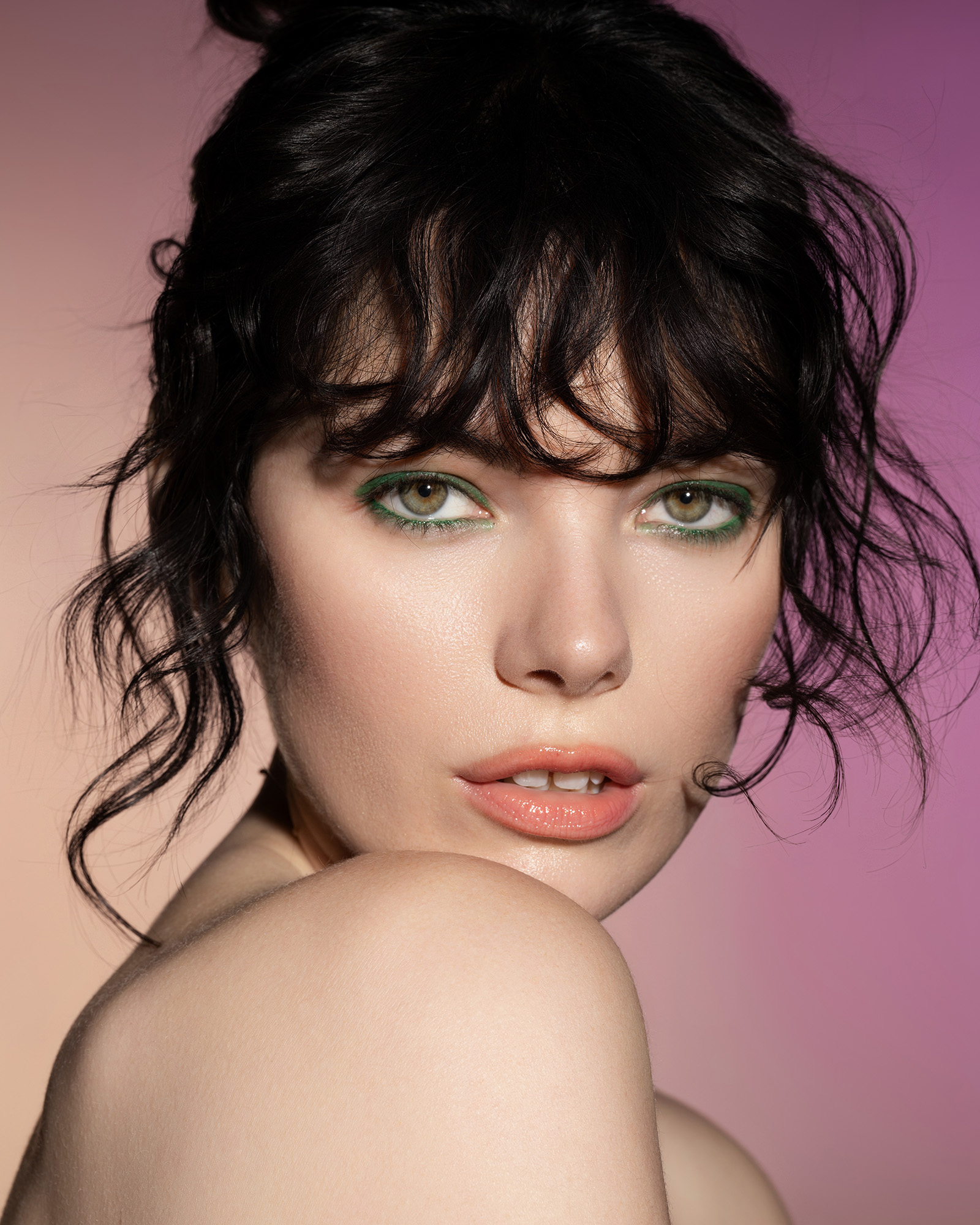
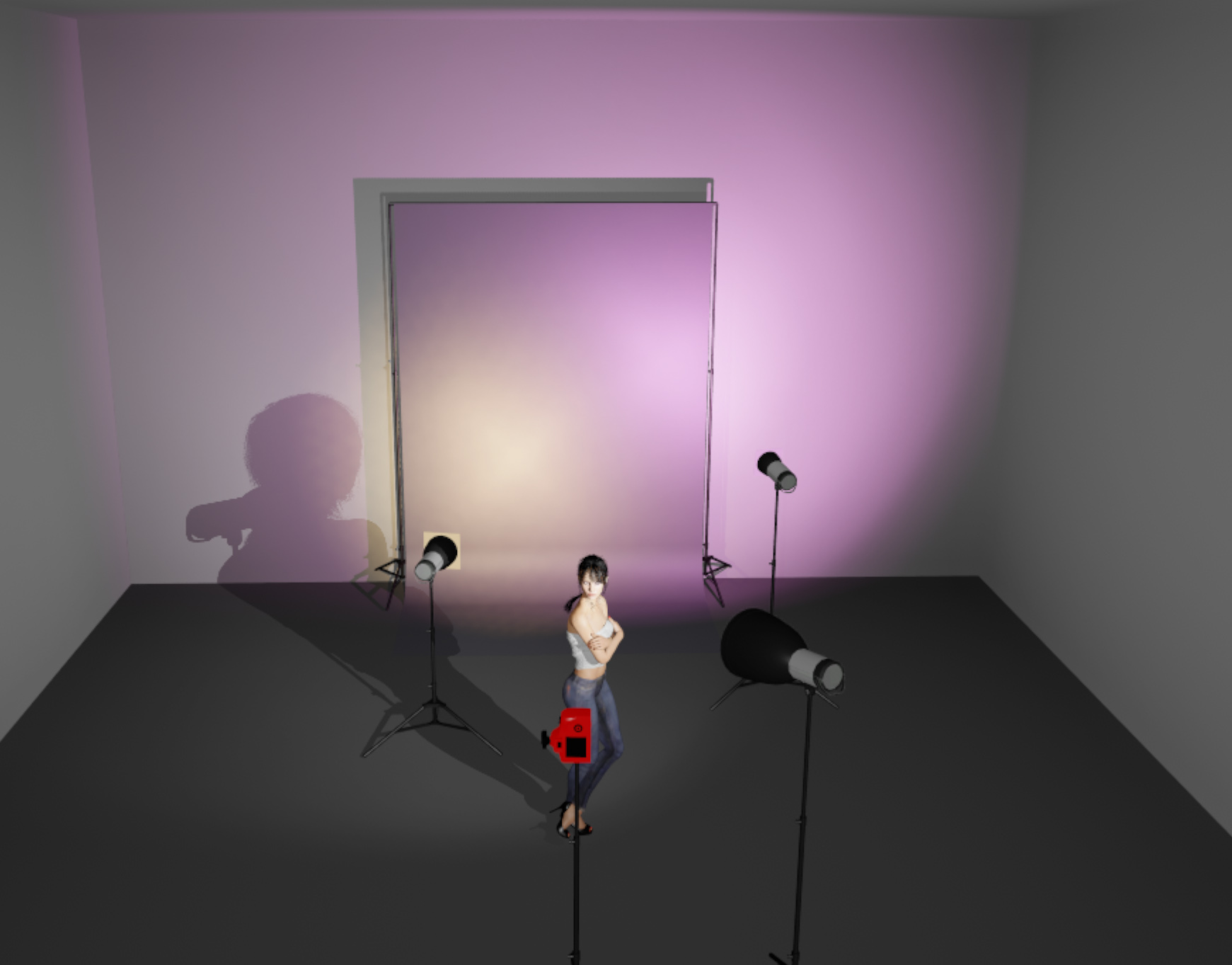
Is there anything you think we missed? Do you have some work with gels or RGB lighting that you’d like to share? Chime in with the comments section below.
Related Reading
- Why You Need to Consider Parabolic Reflectors in Your Work
- Six Lighting Setups to Try on Your Next Photoshoot
- Advanced Photography Lighting Techniques – Feathering & Zooming
- Simplifying the Complexities of Lighting in Photography
Author: Zach Sutton
I’m Zach and I’m the editor and a frequent writer here at Lensrentals.com. I’m also a commercial beauty photographer in Los Angeles, CA, and offer educational workshops on photography and lighting all over North America.-
Kent DuFault
